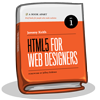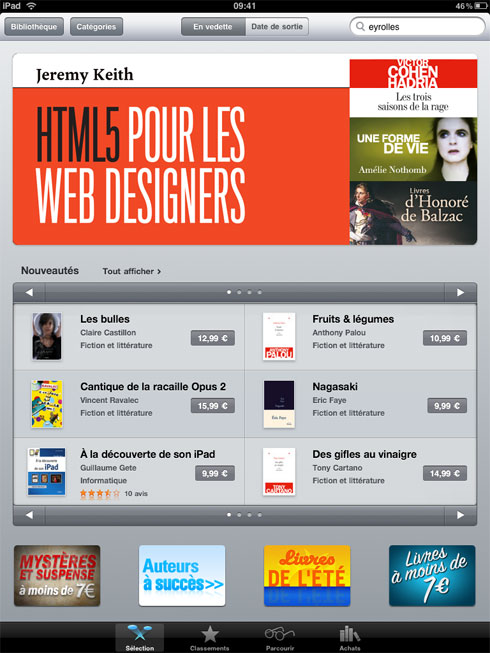Knowledge management (KM) is the process of organizing, creating, using, and sharing collective knowledge within an organization.
Unlock and unblock
For companies, institutions, and projects struggling to become more efficient and productive—and who these days is not?—solid knowledge management can unlock productivity and unblock awareness of customer needs, awareness of unrecognized gaps, creativity, alignment, product improvements, and greater success.
Conversely, lack of knowledge management—or half-hearted knowledge management that is incomplete and/or not widely shared—holds back any organization afflicted by it.
Most institutions, companies, and groups suffer from at least a partial lack of solid knowledge management. Fortunately, this is fixable by acknowledging the problem, understanding its sources, and addressing them in planned phases. Open source organizations can implement via iterative sprints, traditional companies via top-down project management.
The three main areas of knowledge management
The three main areas of knowledge management are:
- Accumulating knowledge.
- Storing knowledge.
- Sharing knowledge.
Accumulating knowledge happens every time any member of a team achieves a task—or fails to achieve it and analyzes why.
Storing knowledge can be as team-limited as reminders I jot down in my personal Notes app (useful only to me), or widely shared. Shared is better.
Much of our knowledge resides in individual brains. Knowledge management enables it to be shared. Successful knowledge management enables everyone to find it.
Examples of successful knowledge management
Successful knowledge management includes maintaining information in a place where it is easy to access, such as a centrally located online handbook or field guide. Examples include the Automattic Employee Field Guide (limited, public version; a richer version is available to employees only), IBM Design Language, the BBC News Style Guide, A List Apart Style Guide, and the W3C documentation such as Mobile Accessibility at W3C. Those just getting started compiling an organizational field guide—or improving an existing one—may find Workable’s Sample Employee Handbook templates useful, whether or not you use their product.
Taking advantage of all the expertise within an organization is a great way to maximize its potential. Companies have a well of untapped knowledge within their workforce that is lying dormant or siloed to individual staff or departments.
With the proper management structures in place, this knowledge can be found, stored, and made accessible to the wider workforce, offering tangible business – Human Resources: Knowledge Management
Ponder this now, and either proactively agitate for it, or, at the very least, keep awareness of it on a sticky note that you can return to when a C-level executive asks why you or your team haven’t made as much progress, or worked as effectively and efficiently, as possible.
Knowledge management is the secret sauce that enables organizations staffed by smart people to unlock their full potential.
#
Read these next:
- The Dogs Won’t Eat It
- The Cult of the Complex (in A List Apart)









